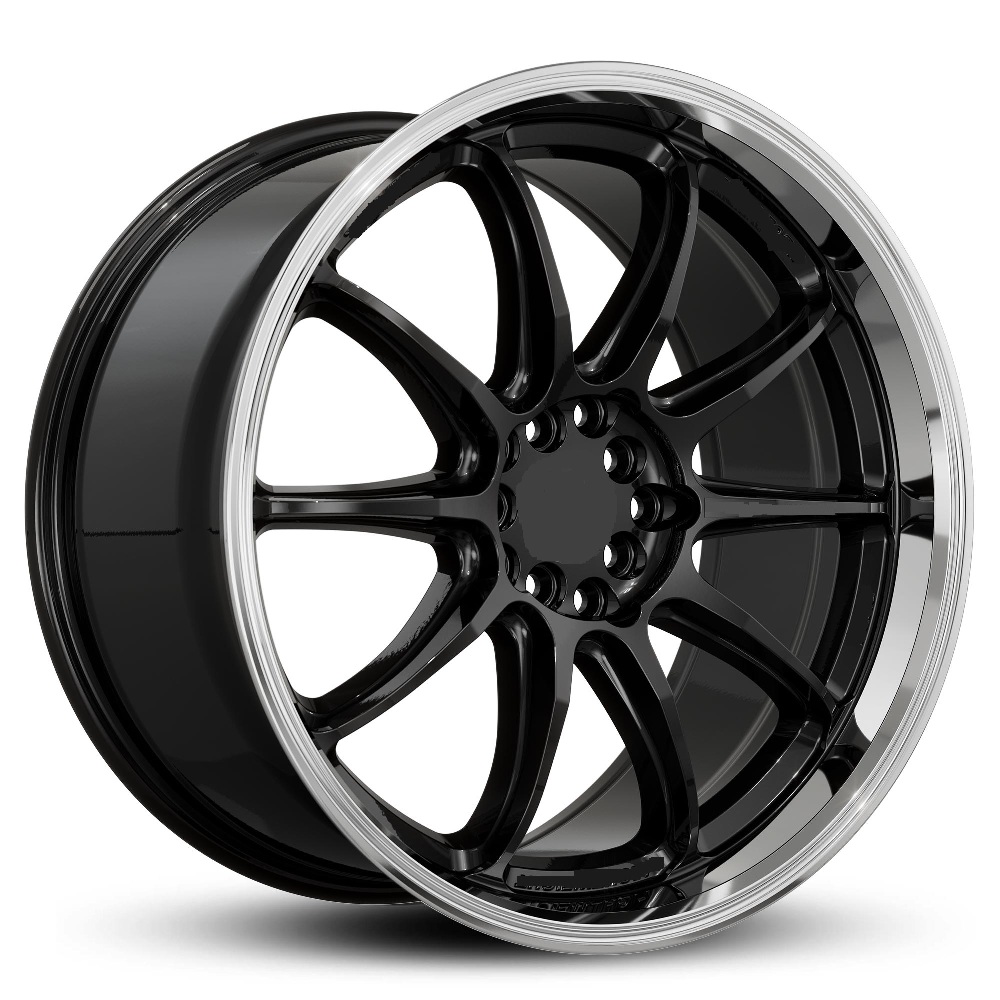
The global market for rheumatoid arthritis treatments is expected to grow at a CAGR of...
Learn More
Our consulting solutions address company specific challenges with respect to micro environment...
Learn More
Organizations frequently need day-today research guidancein order to gain strategic...
Learn More
Exploring different areas of market research and market analysis is a key factor...
Learn MoreAcute Market Reports presents the most extensive global business research services across industries. Our research studies focus on potential outcomes, benefits, and risks associated with each market segment across geographies. Having served our global clients for more than 10 years, our prime priority is to enable our clients in making well-informed business decisions through a data-driven, analytical, and uncomplicated research approach.
We provide access to the world's most comprehensive, analytical, and updated business intelligence services and solutions.




The high performance wheels market is expected to grow at a CAGR of 6.2% during the forecast period of 2025 to 2033. The high performance wheels market is characterized by its focus on advanced wheel designs that offer superior performance, durabilit...
Read More
The metaverse market represents a digital universe comprised of virtual, augmented, and mixed-reality environments interconnected through immersive technologies and cloud-based infrastructures. The metaverse market is expected to grow at a CAGR of 42...
Read More
The DNMM market is expected to grow at a CAGR of 11.1% during the forecast period of 2025 to 2033, characterized by dynamic shifts, primarily driven by technological advancements, growing 5G adoption, and the increasing prominence of cloud solutions....
Read More




